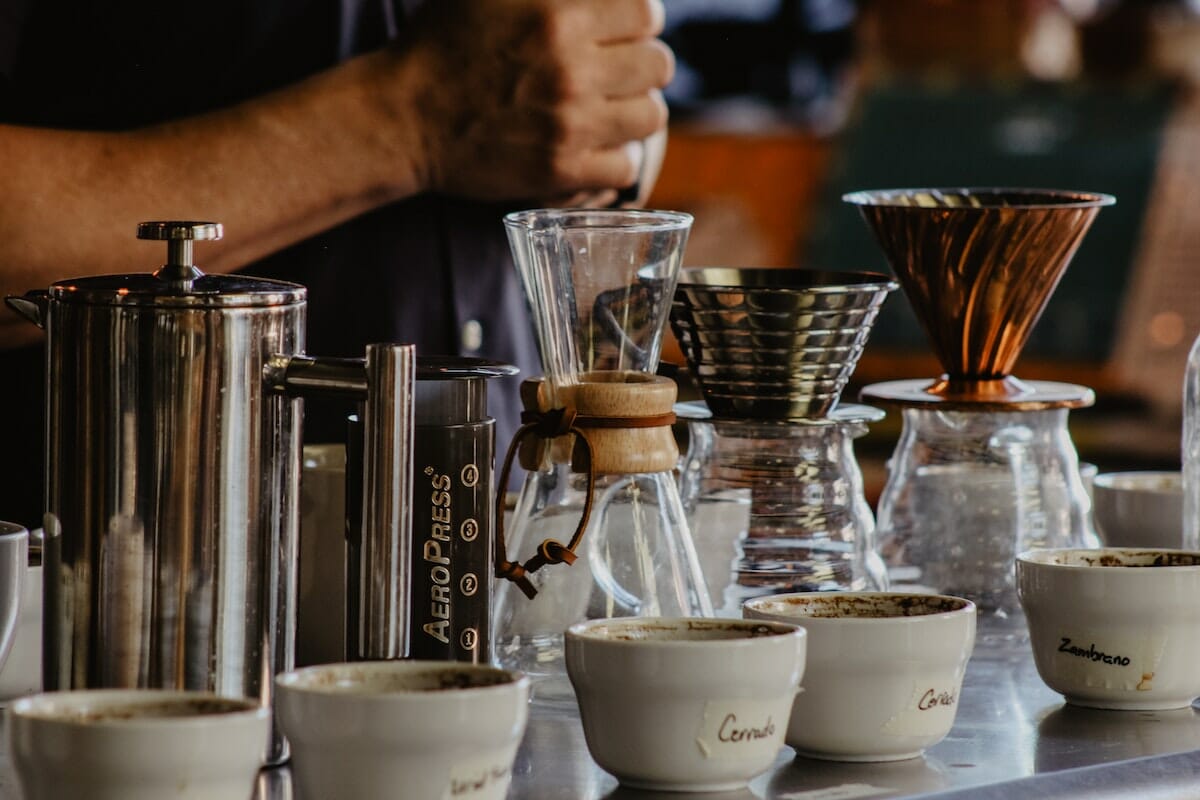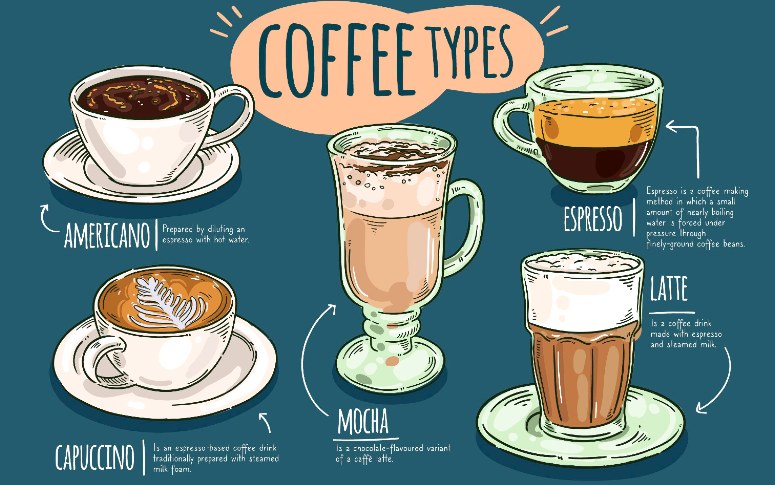
Coffee brewing is both an art and a science, with various methods and techniques that can be used to extract the perfect cup of coffee. Some popular brewing methods include pour-over, French press, AeroPress, and espresso. Regardless of the brewing method, there are a few key steps to follow when brewing coffee. First, make sure your equipment is clean and free of any residual coffee oils or grinds. Next, measure out your coffee and water according to the appropriate ratio for your brewing method. For example, a common ratio for pour-over coffee is 1:16 (1 part coffee to 16 parts water). When brewing, make sure your water is at the appropriate temperature. Different brewing methods require different temperatures, but generally, the water should be just below boiling. Pour the water over the coffee in a slow and steady stream, making sure to wet all of the grounds. For some methods, such as French press or AeroPress, you'll want to let the coffee steep for a certain amount of time before plunging or pressing. Finally, taste and adjust as necessary. If your coffee is too weak, try using more coffee grounds. If it's too strong, use less or adjust your brewing time. With a little practice and experimentation, you can brew a perfect cup of coffee every time.
Defining the "best" coffee can be subjective and depend on personal preferences. However, high-quality coffee is typically grown in regions with ideal climates and soil conditions, carefully harvested and processed, and roasted to bring out the unique flavor notes of the beans. Some of the most highly regarded coffee varieties come from regions such as Ethiopia, Colombia, and Jamaica. The best coffee is often freshly roasted and ground just before brewing to maximize its aroma and flavor. Specialty coffee shops and roasters often source and roast their coffee with great care and attention to detail, resulting in a superior cup of coffee. Ultimately, the best coffee is one that satisfies your taste buds and leaves you feeling satisfied and energized.

Espresso Espresso is made by forcing nearly boiling water through finely-ground coffee beans, which results in a concentrated, syrup-like coffee drink. This is the base for many Italian beverages in coffee shops. When compared to regular brewed coffee, espresso is much stronger than the other types of coffee drinks. Espressos are enjoyed in shots where a single shot is one ounce and a long (single and double) shot is two ounces in amount, respectively.
| Coffee | Amount of coffee grounds per cup | Water temperature | Brewing time | Caffeine content per cup | Color | Taste |
|---|---|---|---|---|---|---|
| Espresso | 7-9 g | 90-95ºC | 25-30 seconds | 30-50 mg | Dark brown with crema | Bold, intense, and concentrated flavor |
| Americano | 7-9 g | 90-95ºC | 30-45 seconds | 30-50 mg | Brown | Milder and less concentrated than espresso, with a slight bitterness |
| Cappuccino | 7-9 g | 90-95ºC | 25-30 seconds | 30-50 mg | Brown with milk foam | Milder than espresso, with a creamy and slightly sweet taste from milk foam |
| Latte | 7-9 g | 90-95ºC | 25-30 seconds | 30-50 mg | Brown with milk | Milder than espresso, with a creamy and slightly sweet taste from milk |
| French press | 15-17 g | 95-98ºC | 4-5 minutes | 80-135 mg | Brown | Full-bodied and robust with a slightly gritty texture |
| Pour-over | 15-17 g | 95-98ºC | 2-3 minutes | 80-135 mg | Golden brown | Clean and bright with subtle flavor notes |